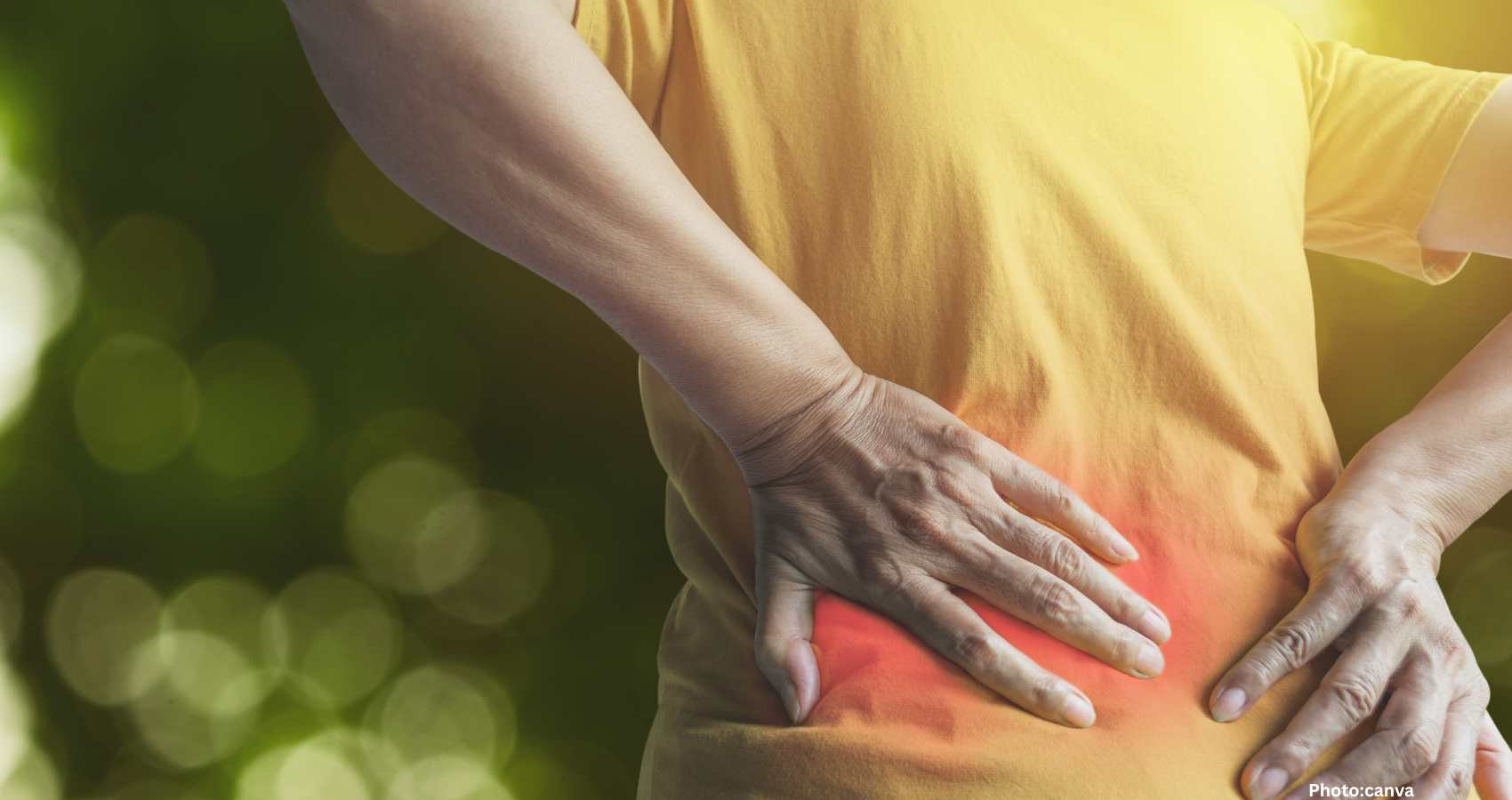Devyani, a 61-year-old clinical social worker from Flint, Michigan, shares her experience with low back pain and seeks guidance on managing her condition.
Devyani* is a 61-year-old first-generation American Indian residing in Flint, Michigan. She works as a clinical social worker in a sedentary desk job. For the past three months, she has been experiencing severe low back pain in the lower part of her spine and hips, which comes in bouts. The pain, described as dull and achy, worsens after prolonged sitting. Although it improves in the mornings after a night’s sleep, she struggles to fall asleep due to the discomfort. Concerned about her condition, Devyani has reached out for advice on how to cope with her pain and whether she should consult a healthcare provider.
*Name changed upon request
In a conversation with Dr. S, Devyani inquired about the causes of her low back pain and its prevalence. Dr. S explained that low back pain is a common condition, particularly among middle-aged and older individuals. According to the World Health Organization, approximately 619 million people were affected by low back pain in 2020, a number projected to rise to over 843 million by 2050 due to aging populations and lifestyle choices. Women are reported to experience low back pain more frequently than men.
Dr. S elaborated on the causes of low back pain, which can be classified into specific and non-specific categories. Specific causes may include injuries leading to muscle spasms or strains, spinal fractures, issues with spinal disks, osteoarthritis, and certain occupations that place stress on the back. Non-specific causes account for nearly 90% of cases and are often linked to factors such as aging, obesity, a sedentary lifestyle, smoking, depression, and stress. Given that Devyani’s pain has persisted for over three months, it is classified as subacute, prompting Dr. S to recommend consulting her primary care provider for further evaluation and potential referrals to specialists or physiotherapists.
When asked about diagnostic tests, Dr. S outlined that after a thorough history and physical examination, a physician might order spine X-rays to identify age-related changes or abnormalities. Blood tests may be conducted to rule out conditions like ankylosing spondylitis, a type of arthritis affecting the spine, while urine tests can help eliminate the possibility of kidney stones. In some cases, follow-up imaging such as CT scans or MRIs may be necessary for a more detailed assessment of the spine and surrounding tissues.
Regarding treatment options, Dr. S noted that many instances of low back pain are self-limiting and improve with time and lifestyle modifications. He emphasized the importance of remaining active, particularly for individuals with sedentary jobs like Devyani’s. He referenced a recent evidence-based report highlighting the benefits of walking between 7,000 to 10,000 steps daily as an effective way to stay active.
Dr. S also mentioned that healthcare providers may prescribe medications to alleviate pain. Physical therapy is considered a cornerstone of treatment, as it helps strengthen muscles and improve flexibility. For those unable to attend in-person sessions, virtual physical therapy services have become increasingly available. In more complicated cases, additional medical interventions may be necessary, and Dr. S urged Devyani to consult a physician before initiating any treatment.
Devyani also sought advice on preventive measures for low back pain. Dr. S recommended several strategies, including weight management for those who are overweight or obese, quitting smoking, and engaging in regular strength training to build core abdominal, back, and hip muscle strength. He advised caution when lifting heavy objects and emphasized the importance of warming up before exercising to reduce the risk of injury.
In response to Devyani’s question about the role of yoga and meditation, Dr. S affirmed that both practices can be beneficial in managing low back pain. Yoga strengthens core muscles, enhances flexibility, reduces tension, and improves posture while fostering a healthy mind-body connection. He suggested low-impact yoga postures, such as the cat-cow pose, child’s pose, and standing forward bend, as effective options for alleviating low back pain.
Meditation, according to Dr. S, serves as an effective adjunct therapy for low back pain, helping to reduce stress, which can exacerbate discomfort, while also enhancing the mind-body connection.
For those seeking additional resources, Dr. S recommended several reputable websites, including the Cleveland Clinic, Harvard Health, Mayo Clinic, and the World Health Organization, which provide valuable information on managing and treating low back pain.
Individuals with questions or concerns about low back pain can reach out to Dr. Manoj Sharma at editor@indiacurrents.com for further assistance.
Source: Original article

